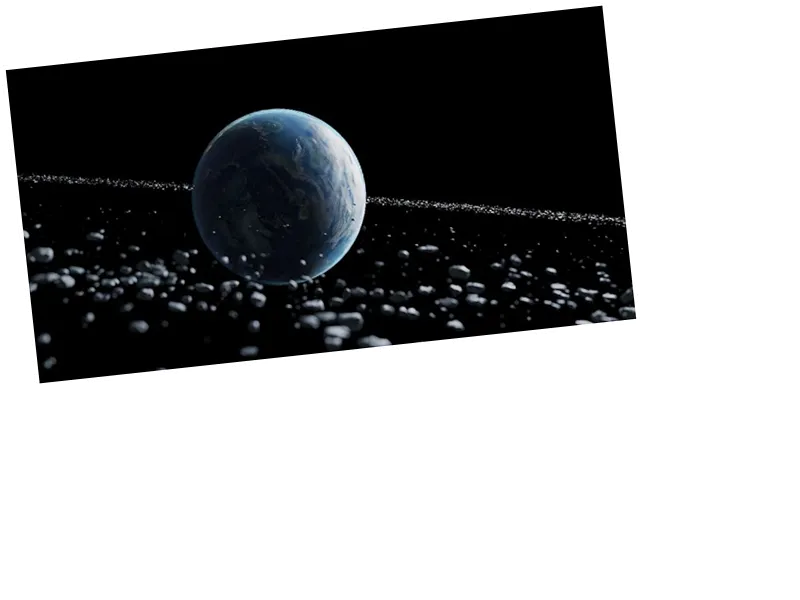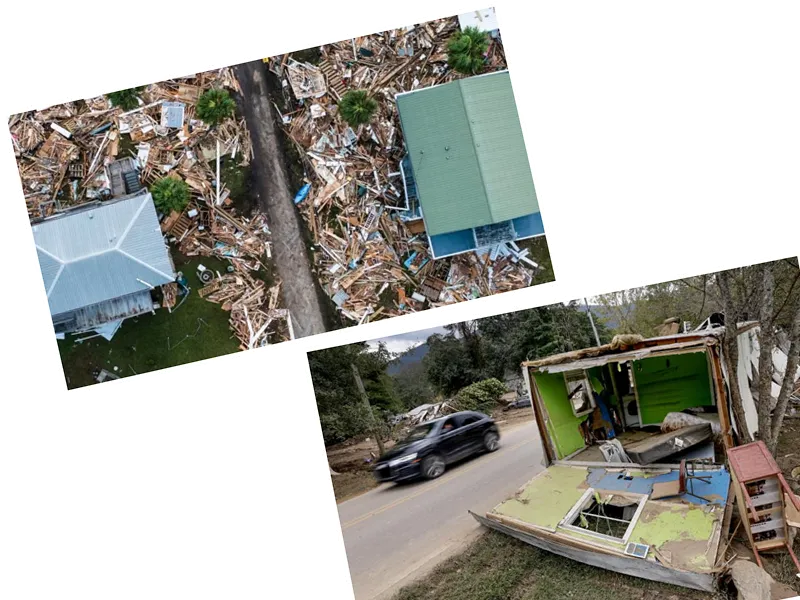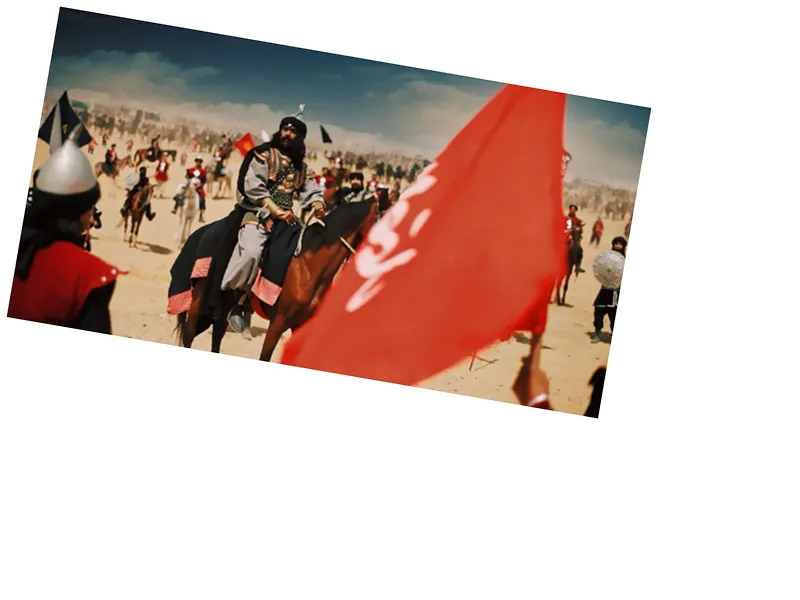A groundbreaking study from the Institute of Archeology at Tel Aviv University has dramatically reshaped the historical narrative surrounding the Roman siege of Masada. Contrary to the long-standing belief that the siege lasted three years, researchers now assert that it lasted just a few weeks. This revelation is based on innovative technologies such as drones, 3D modeling, and remote sensing, which provided quantitative data on the Roman siege system.
Dr. Guy Stibel, the lead researcher, emphasized that the extensive study utilized advanced tools to analyze key aspects of the siege, including the water systems, path systems, and the siege mechanisms themselves. The research team calculated that the construction of the Roman siege systems, which included eight camps and a stone wall, took less than two weeks. This finding indicates that the actual siege and subsequent attack by the Romans occurred swiftly, further supported by material evidence such as coins and documents discovered at the site.
The research highlights the strategic importance of Masada, which was near valuable resources like the persimmon trees in Ein Gedi. These trees produced highly sought-after perfume, making them a target for the Roman army due to threats from Zealot rebels. Dr. Stibel noted that the narrative of Masada has become ingrained in Israeli culture and identity, but the new findings challenge the myth of a prolonged siege, suggesting instead a rapid military operation.
The study, published in the Journal of Roman Archaeology, marks a significant shift in our understanding of this historical event. The researchers plan to continue their work at Masada to uncover more about the complexities of the siege and its implications in Roman history, aiming to provide deeper insights into what transpired during this pivotal moment.
- The research team, which includes Dr. Chai Ashkenazi and doctoral students Boaz Gross and Omar Zaevi, has been conducting excavations at Masada since 2017. Their work is part of a broader initiative to apply modern archaeological techniques to historical sites, allowing for more accurate interpretations of ancient events. By leveraging cutting-edge technology, they hope to answer lingering questions about the motivations behind the Roman siege and the broader implications for the Roman Empire's strategies in the region.






